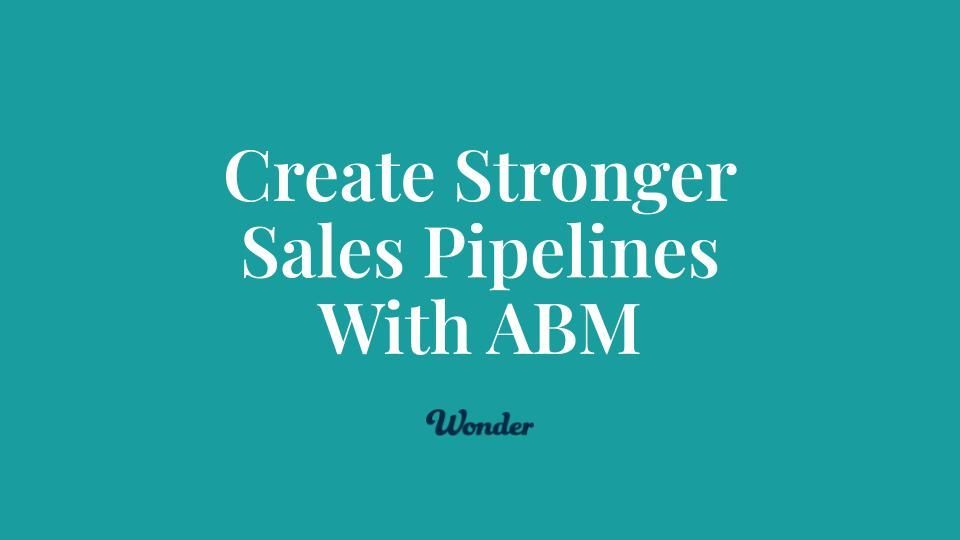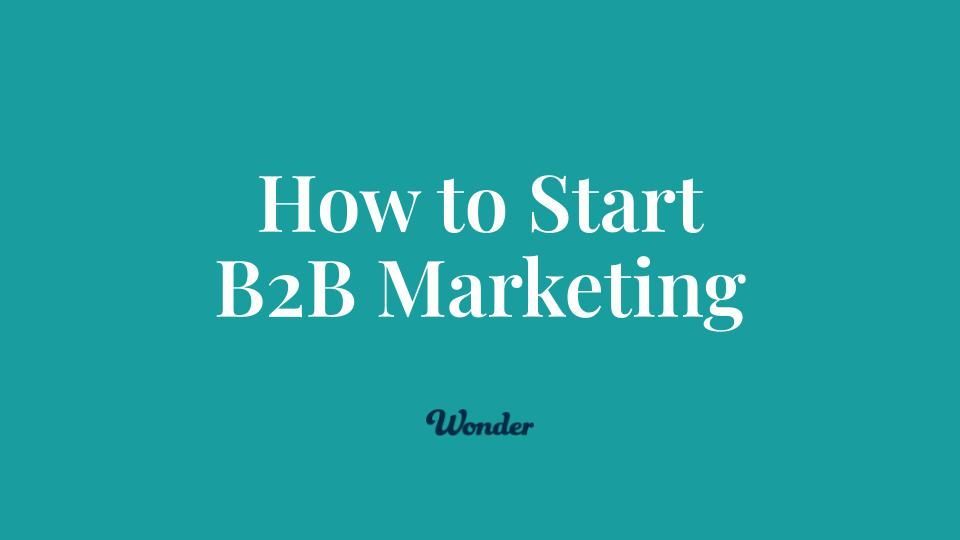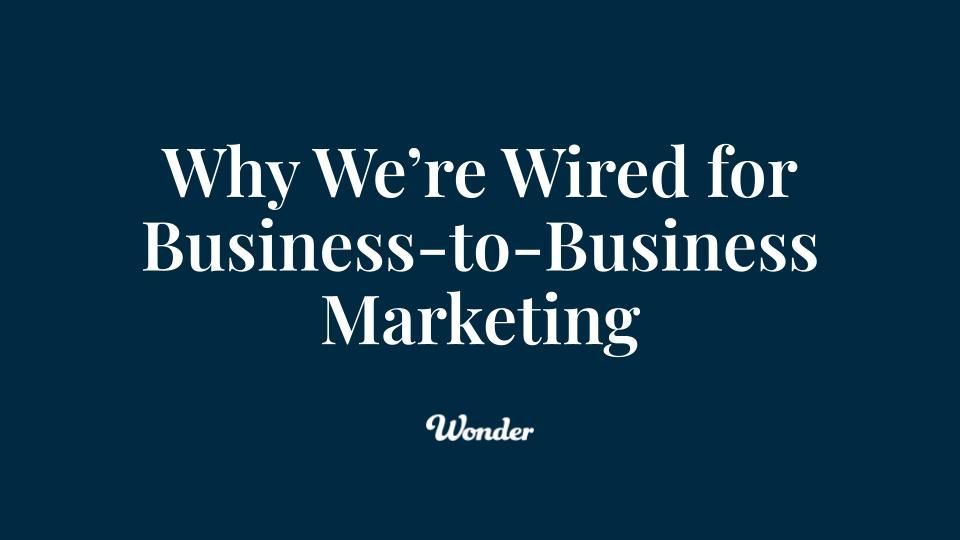How Account-Based Marketing (ABM) Creates Stronger B2B Sales Pipelines

Sales and Marketing: Better Together with ABM
In B2B sales, the traditional approach has been clear-cut: marketing drives awareness and generates leads, while sales takes those leads and closes deals. But the reality is more complex. Buyers don’t move through a predictable funnel, and purchase decisions aren’t made in isolation.
This is where Account-Based Marketing (ABM) changes the game. Rather than focusing on individual leads, ABM aligns sales and marketing around target accounts—companies that fit the ideal customer profile (ICP). It’s a dynamic, data-driven approach that helps teams work together to engage prospects throughout their entire buying journey.
Account-Based Marketing (ABM): Not a New Idea, But a Better Execution
The concept of ABM has been around for years—previously known as “Key Account Marketing.” What’s different today is the power of digital data and technology.
With a combination of first-party and third-party data, advanced targeting, and personalized messaging, ABM enables teams to:
- Identify the right accounts with precision
- Engage the full buying team within each organization
- Deliver the right message at the right time based on where each prospect is in their decision-making process
By focusing marketing efforts on accounts that sales has already prioritized, ABM ensures that resources are spent on the highest-value opportunities.
Why ABM Works Better for B2B Sales
1. B2B Buying Decisions Are Made by Committees
Very few B2B deals are decided by a single person. Instead, purchase decisions often involve 8 to 13 stakeholders across different roles:
- Initiators - those who start the buying process
- Researchers - team members gathering vendor options
- Influencers - stakeholders pushing for features they favor
- Decision-makers - leaders signing off on the purchase
Traditional marketing often targets just one individual, but ABM engages the full buying committee, ensuring the right people receive relevant content and messaging throughout their journey.
2. ABM Uses Data and Technology to Deliver Meaningful Engagement
One of ABM’s biggest advantages is its ability to meet buyers where they are—not just with broad awareness campaigns, but with targeted content tailored to their stage in the buying process.
Using marketing automation, CRM data, and intent-based signals, ABM delivers messaging that speaks to the unique priorities of each stakeholder—whether they’re just starting research or narrowing down vendors.
The result? Higher engagement, shorter sales cycles, and stronger conversion rates.
Account-Based Marketing: A Smarter Way to Drive B2B Growth
ABM isn’t about generating more leads—it’s about generating the right opportunities. By aligning sales and marketing around a focused list of high-value accounts, engaging full buying teams, and leveraging data-driven insights, ABM helps B2B companies win more deals with the right customers.
If you’re ready to refine your sales and marketing strategy with ABM, let’s start the conversation. Let’s talk.






